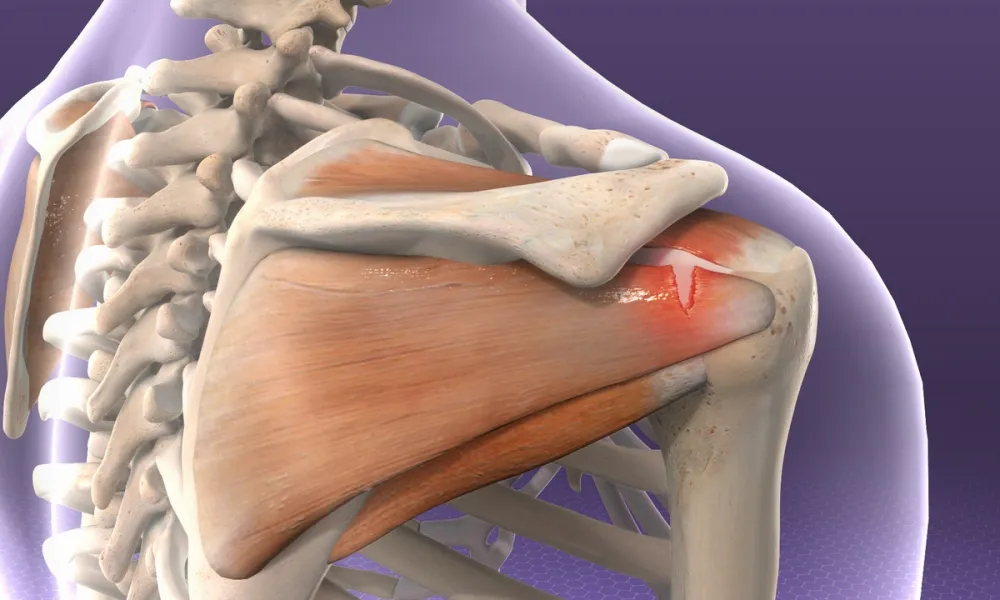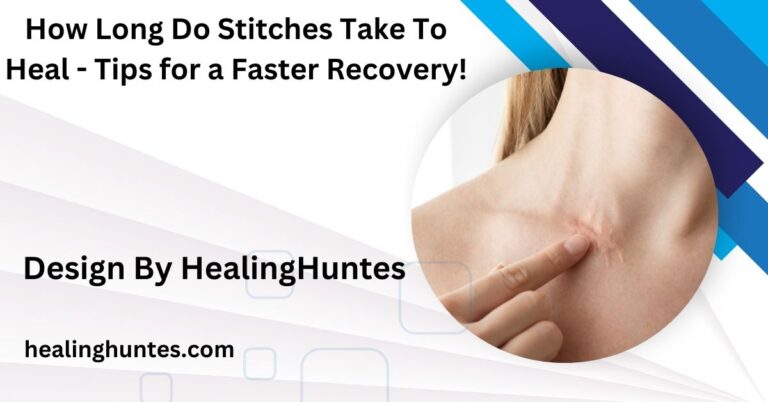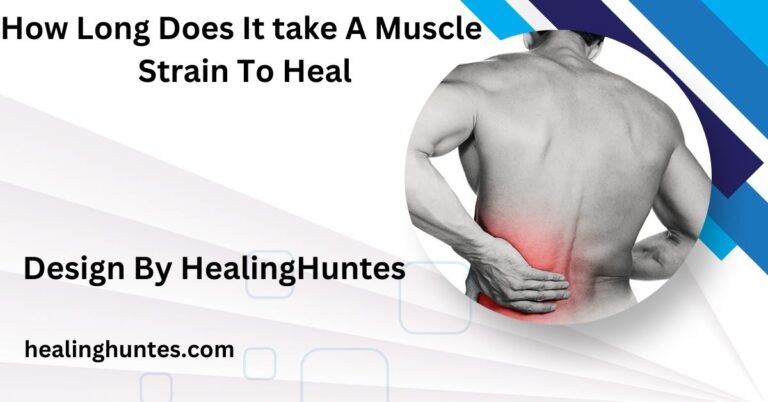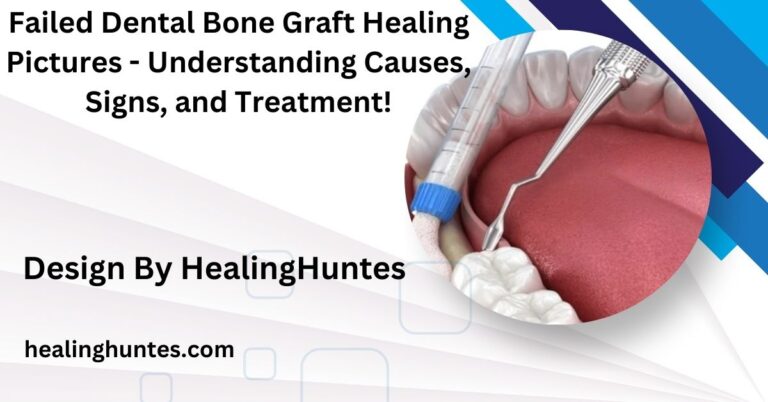Do Rotator Cuff Tears Heal On Their Own – When Surgery is Necessary!
Rotator cuff tears can sometimes heal on their own, especially if they are partial tears, with rest, physical therapy, and proper care. Full-thickness tears usually require surgery to fully restore shoulder function.
In this article, we’ll explore the factors that influence rotator cuff healing, what you can do to aid recovery, and when to seek medical attention.
Understanding The Rotator Cuff:

The rotator cuff is a group of four muscles and tendons that stabilize the shoulder joint, allowing for a wide range of movement. These tendons attach the muscles to the bone, making the shoulder one of the most flexible and heavily used joints in the body. However, this flexibility also makes the rotator cuff vulnerable to injury.
Rotator cuff tears can occur due to sudden trauma, such as a fall, or as a result of wear and tear over time. The severity of the tear can vary, from partial tears where the tendon is frayed to full tears where the tendon is completely detached from the bone.
Different Types Of Rotator Cuff Tears:
Rotator cuff tears generally fall into two primary categories:
- Partial Tears: These occur when the tendon is damaged but not completely severed. This type of tear may heal on its own with proper care, but it can still cause significant pain and discomfort.
- Full-Thickness Tears: Also known as complete tears, these occur when the tendon is entirely detached from the bone. Full-thickness tears often require medical intervention, such as surgery, to repair the damage.
Can Rotator Cuff Tears Heal On Their Own:
The ability of a rotator cuff tear to heal on its own depends on several factors, including the type and severity of the tear, the age of the individual, and their overall health.
Partial Tears:
In some cases, partial rotator cuff tears can heal on their own, especially if the tear is small and the individual is young and healthy. The body may be able to repair the damaged tendon with rest, physical therapy, and appropriate care. However, the healing process can take several months, and some residual discomfort or weakness may remain.
Also Read: How To Use A Chakra Healing Beaded Buddha Charm Bracelet – A Step-by-Step Guide!
Full-Thickness Tears:
Full-thickness tears are unlikely to heal on their own. Once the tendon is completely detached from the bone, the body cannot repair it naturally. In these cases, surgery is often required to reattach the tendon and restore shoulder function.
Factors That Affect Healing:

Age:
Age plays a significant role in the healing of rotator cuff tears. Younger individuals tend to heal faster and more effectively than older adults. As we age, the tendons lose some of their elasticity and ability to repair themselves, making recovery slower and less complete.
Activity Level:
The level of physical activity can also influence the healing process. Athletes and individuals who engage in repetitive shoulder movements are at a higher risk of re-injuring the rotator cuff, which can delay healing. Rest and modified activities are essential for a successful recovery.
Size of the Tear:
Smaller tears have a better chance of healing naturally compared to larger ones. A minor tear may only require rest and physical therapy, while a larger tear is more likely to need surgical repair.
Overall Health:
General health factors like circulation, muscle condition, and nutrition play a vital role in how well a rotator cuff tear heals. Individuals with underlying health conditions such as diabetes or poor blood circulation may experience slower healing times.
Non-Surgical Treatment Options:
For partial tears or minor injuries, non-surgical treatments can be effective. Here are a few approaches:
Rest and Immobilization:
One of the most critical aspects of healing a rotator cuff tear is allowing the injured shoulder to rest. Reducing movement and immobilizing the shoulder with a sling can prevent further damage and give the tendon time to heal.
Also Read: Can I Go To School While Healing From Car Accident – Returning to School After a Car Accident!
Physical Therapy:
Physical therapy is essential for strengthening the surrounding muscles and improving flexibility. A trained therapist can guide you through exercises designed to restore shoulder function without putting excessive strain on the injured tendon. Gradually, these exercises can reduce pain, improve mobility, and prevent future injuries.
Anti-Inflammatory Medications:

Non-steroidal anti-inflammatory drugs (NSAIDs) like ibuprofen can help reduce pain and inflammation in the shoulder. While these medications do not heal the tear, they can make the recovery process more comfortable by managing symptoms.
When Surgery Is Necessary:
Surgery is often recommended for full-thickness tears or if non-surgical methods fail to improve symptoms in partial tears. Here are the common surgical options:
Arthroscopic Surgery:
This minimally invasive procedure involves making small incisions and using a tiny camera to guide the surgeon as they repair the torn tendon. Arthroscopic surgery has a shorter recovery time and is less painful than traditional open surgery.
Also Read: Is It Gods Will To Heal A Person – A Comprehensive Exploration!
Open Surgery:
In severe cases, open surgery may be necessary. This involves making a larger incision to fully access and repair the torn tendon. Open surgery is typically reserved for large tears or cases where arthroscopic surgery isn’t possible.
Recovery Time After Surgery
The recovery time after rotator cuff surgery can vary based on the extent of the tear and the type of surgery performed. In general, recovery can take anywhere from 4 to 6 months, with full strength and range of motion returning after about 12 months. Physical therapy is a crucial component of the recovery process and helps to restore shoulder function.
Avoiding Future Rotator Cuff Injuries:
Protecting your rotator cuff is crucial for sustaining shoulder health. To help prevent tears, consider these key strategies:
- Strengthening Exercises: Regular shoulder strengthening exercises can help build up the muscles around the rotator cuff, making them more resilient to injury.
- Proper Technique: When engaging in activities that involve repetitive shoulder movements, such as sports or lifting, ensure you’re using proper form and technique to reduce strain on the rotator cuff.
- Rest: Give your shoulders enough time to rest between strenuous activities to prevent overuse injuries.
FAQ’s
1. Can a rotator cuff tear heal without surgery?
Partial tears may heal on their own with rest, physical therapy, and non-surgical treatments. Full-thickness tears typically require surgery.
2. How long does it take for a rotator cuff tear to heal without surgery?
Recovery from a partial tear may take several months, depending on the severity of the injury and how well the individual adheres to treatment.
3. What are the symptoms of a rotator cuff tear?
Common symptoms include shoulder pain, weakness, and difficulty lifting the arm, especially during overhead activities.
4. Is physical therapy necessary for rotator cuff injuries?
Yes, physical therapy plays a vital role in strengthening the shoulder, improving flexibility, and preventing future injuries, even after surgery.
5. Can you live with a torn rotator cuff?
Many people live with partial tears, but full-thickness tears can lead to chronic pain and loss of function if not treated properly.
Conclusion
Rotator cuff tears can be a painful and limiting injury, but the prognosis for healing depends largely on the type of tear and the treatment approach. While some partial tears may heal on their own with time and care, full-thickness tears usually require surgical intervention. Always consult a healthcare professional if you suspect a rotator cuff injury to determine the best course of action.






